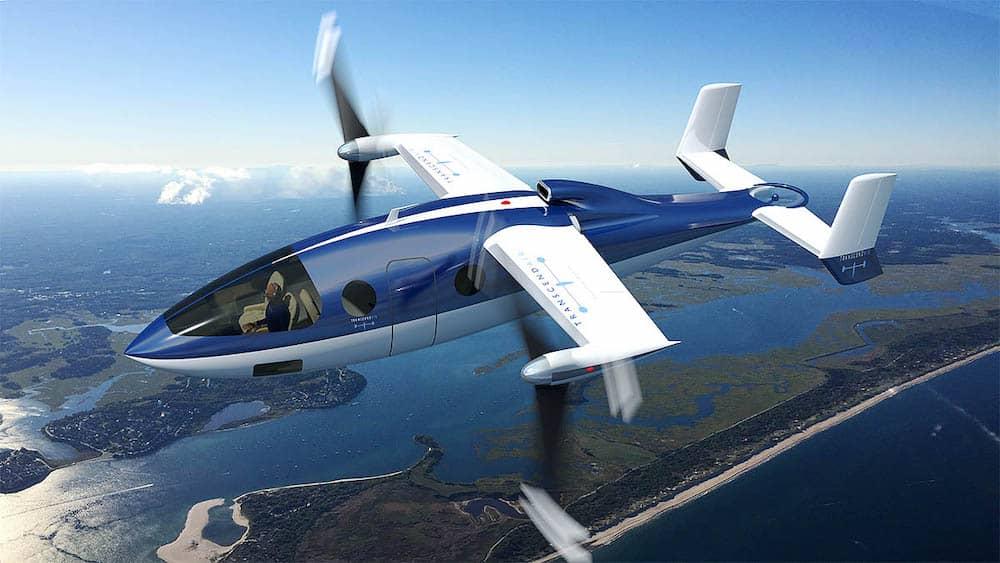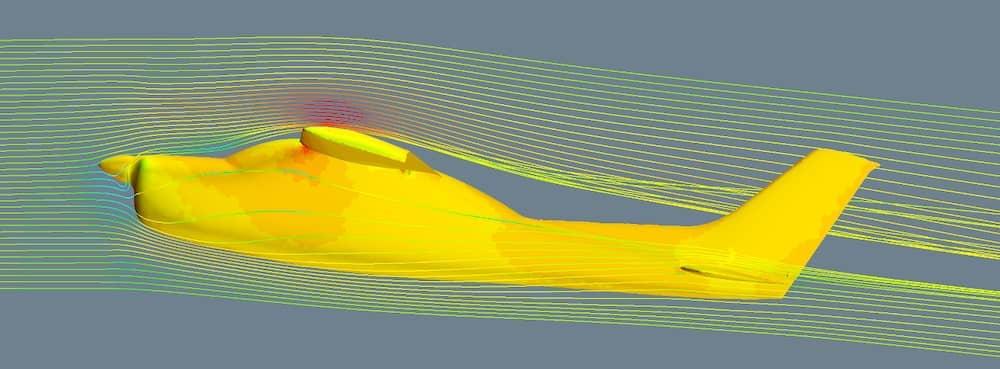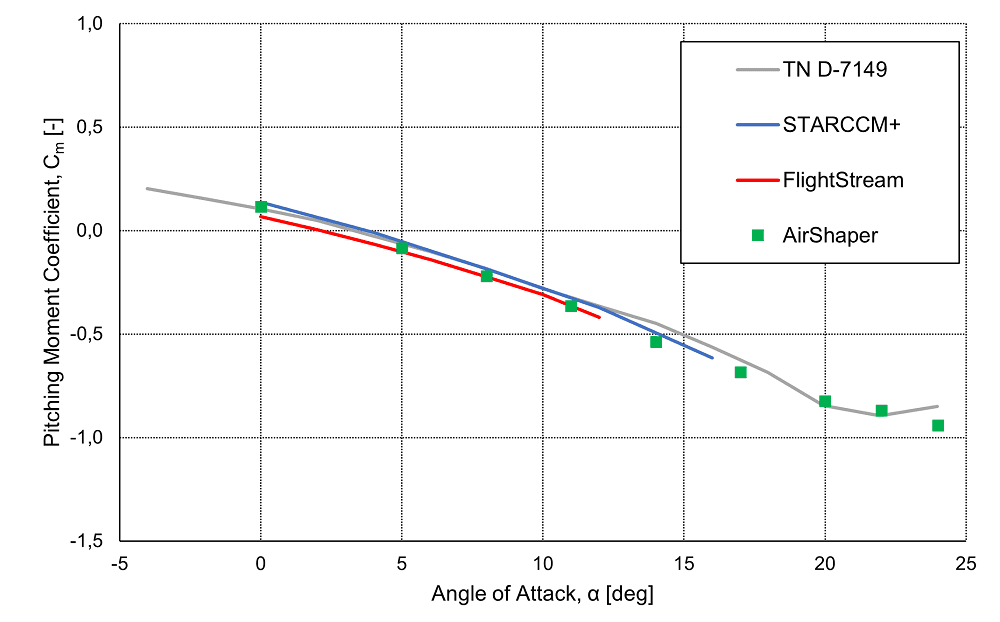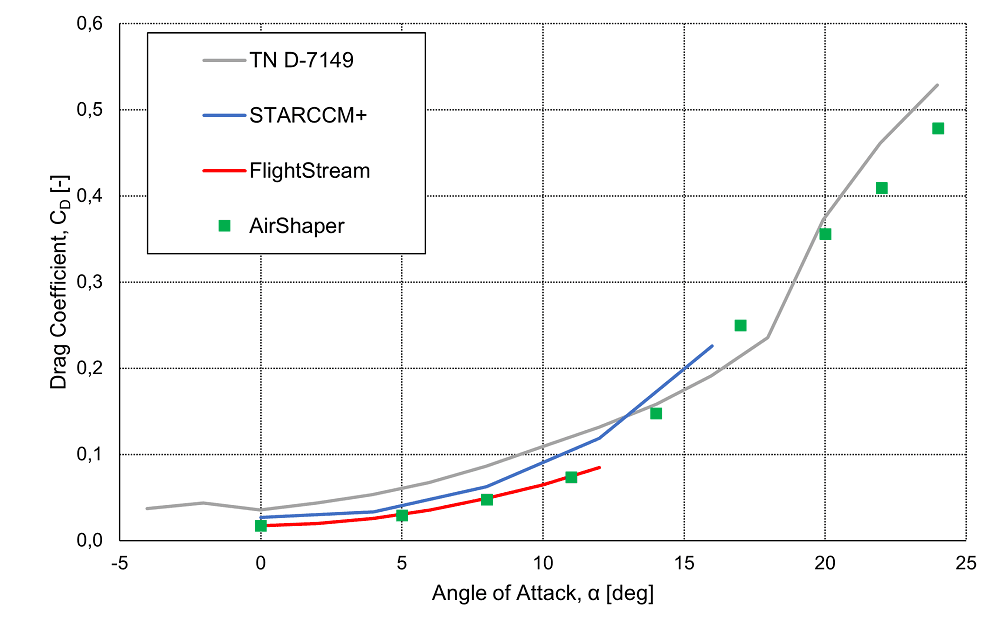Why validate software?
Computer Aided Engineering (CAE) is a constantly growing force in the modern world. The ability to simulate and experiment virtually can save significant resources, time and money. Consequently, many industries have shifted their focus to utilising Computational Fluid Dynamics (CFD) software which is allowing engineers to conduct more detailed aerodynamic analysis and is even replacing wind tunnel testing in some cases.
However, as effective as these simulations are, the results must be validated to ensure they are accurate. Correlating results to real world data is a key part of this, but it is also important to benchmark software against existing techniques. This is what DARcorporation recently completed with AirShaper software.
Using CFD in Aeronautical engineering
DARcorporation is an aeronautical engineering consultancy based in Lawrence, Kansas. Specialising in aircraft design, they use proprietary software in conjunction with tools from external suppliers.

Much of their work is in the conceptual and prototype stages of projects ranging from Unmanned Aerial Vehicles (UAVs) to multi-engine jet aircraft. Therefore, utilising accurate simulation tools is vital to the success of these projects as the majority of work takes place before any physical components or aircraft exist. Consequently, the engineers at DARcorporation use CFD to feed results into structural studies and control surface design.
Benchmarking AirShaper
Alongside their own Advanced Aircraft Analysis (AAA) software, DARcorporation has extensive experience of a range of simulation tools including FlightStream, STAR-CCM+ and AirShaper. Flightstream is a surface vorticity-based simulation package that offers speed and convenience after meshing, but results in a less detailed simulation. STAR-CCM+ is a fully fledged CFD package which comes with the traditional overheads of meshing, long run times and post-processing requirements. Whereas, AirShaper achieves accurate CFD simulations quickly, whilst automating much of the set-up, so you don’t have to be an expert to benefit from using CFD.

DARcorporation wanted a CFD package that achieves high accuracy in short runtimes. This would allow them to generate aerodynamically efficient designs quicker, increasing the number of test cases they can accomplish. To identify the CFD software that best suited their needs, DARcorpoation conducted a validation study where they compared FlightStream, STAR-CMM+ and AirShaper against real-world wind tunnel data.
Real-world testing is expensive and slow, but benefits from using an actual aircraft or model. Whereas, simulations often have to be simplified which can lead to assumptions that ultimately affect accuracy. These errors cannot always be resolved, but a thorough knowledge of them means they can be accounted for in the design process.
It would be too impractical to conduct a bespoke wind tunnel test for this validation study, so another data source was needed instead. As discussed in our Aerodynamic resources blog, NASA offers a wide range of open-source aerodynamic studies and data. One such study was carried out using a Cessna 210 Centurion light passenger aircraft in the Langley full scale wind tunnel. The Cessna has a relatively simple high-wing layout, common to many light aircraft, making it a suitable test case without being overly complicated.

The study
Flightstream and Star-CCM+ both require the user to mesh a 3D model and carry out a meshing convergence study. This ensures that the mesh itself does not unduly influence the results. AirShaper on the other hand, automates this process when a model is uploaded, saving time and effort.
After running simulation sweeps at different airspeeds and angles of attack, the pressure or vortex (in the case of Flightstream) data is post-processed. This turns detailed node information into useful aerodynamic data. Three standard coefficients were chosen for analysis for the validation study: lift, pitching moment and drag.
Lift coefficient results
As expected, the various simulation packages gave a spread of results. It’s also important to note that the wind tunnel results will differ slightly from reality due to the limitations of full-sized testing.

For the purposes of this study, the range of angles of attack up to around 10 degrees are of the most interest. Analysing the lift coefficients, we can see that all three softwares match the lift gradient well, but have differing offsets when compared to the wind tunnel data. FlightStream and AirShaper agree quite closely but Star-CCM+ has a further offset. The specific reason for this difference requires further study. But overall, the results for AirShaper are in the range of the two software packages that DARcorporation knows well.
At higher angles of attack, the software packages predict an earlier onset of stall compared to the measurement data. Software inaccuracies could be a cause (but both StarCCM and AirShaper predict this). Another cause could be geometry which was present on the real airplane (small seams or vortex generators which can delay stall) but not on the 3D model. As the NASA data is quite old, there is unfortunately no way of finding out.
Pitching moment coefficient results
The pitching moment coefficient results follow a similar form to the lift coefficients. The slopes of all three simulations match quite closely to the wind tunnel data, with minimal offsets.

Drag coefficient results
The drag results show a larger set of offsets between simulation and the wind tunnel, with all three CFD packages resulting in less drag than the wind tunnel data. This is not unexpected as the model in the wind tunnel has more imperfections and limitations compared to a perfect 3D CAD model. However, for this coefficient, AirShaper and Star-CCM+ are a close match.

Reaching a conclusion
Experience tells us that it is not unusual to have four different answers for the same test. Quantifying and explaining these differences further are the next step in such an exercise. However, for DARcorporation, the benchmarking process proved that AirShaper produces results within the range they would expect from their normal tools, whilst being easier to use and set-up.
‘AirShaper takes a lot of effort out of the hands of an engineer,’ concludes Dennis van Dommelen, of DARcorporation. ‘It is simple and very straightforward to use. The uploaded aircraft does not require any modifications and after setting the right angles and airspeed, it is ready to run. Elimination of the mesh generation step is a major time saving and the accuracy of the standard run settings is comparable to other tools that are available.’
Interesting links:
DARcorporation’s work flow for aircraft conceptual design
AirShaper validation study with AVL Racing
Optimizing the aerodynamics of the Cessna 210 winglet
A review of a Cessna 210 Centurion
The design and analysis of the Transcend Air Vy 400 VTOL aircraft project

